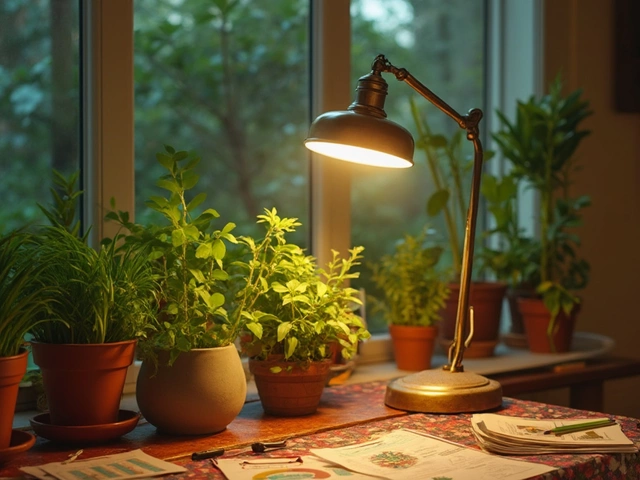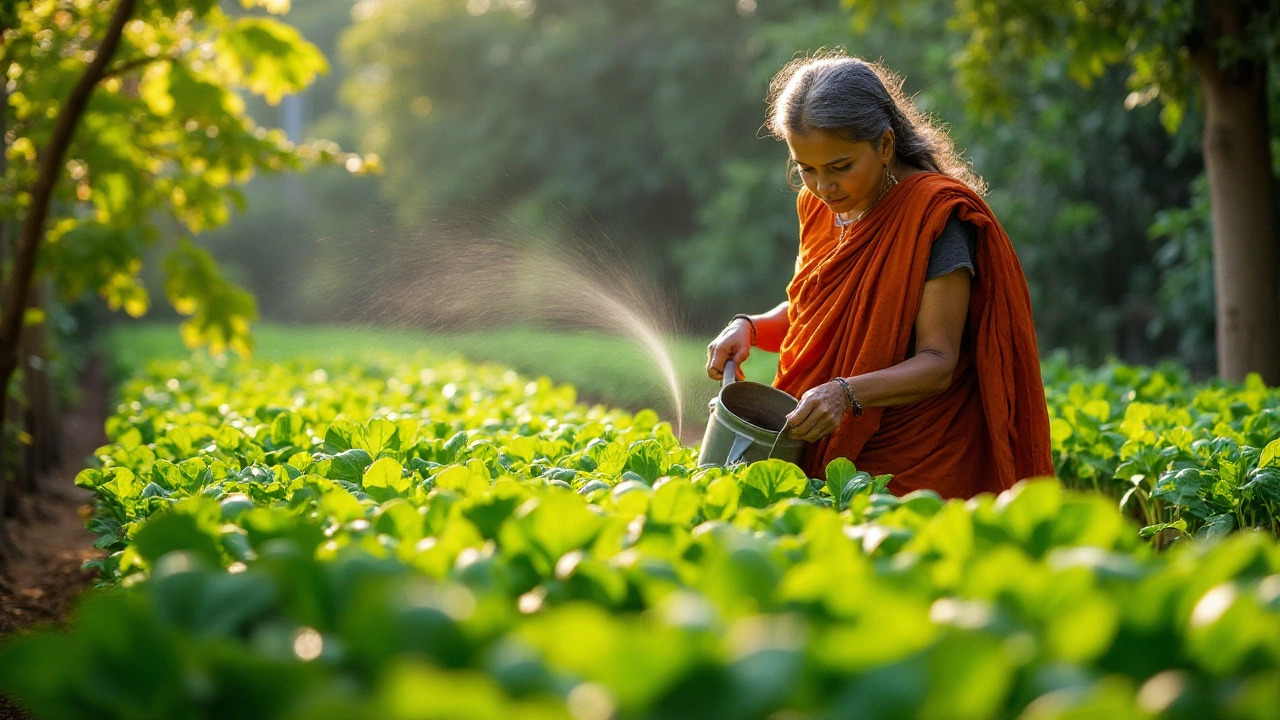Indian Vegetables: How to Grow, Care for, and Profit from Them
Thinking about adding more Indian veggies to your garden? You’re not alone. Home growers and small farms across the country are looking for easy ways to grow nutritious, market‑ready produce. Below you’ll find practical steps, common mistakes to avoid, and a quick look at which crops pay off the most.
Popular Indian Vegetables to Grow
Start with the staples that thrive in most Indian climates. Brinjal, okra, bottle gourd, and cauliflower need moderate water and well‑drained soil. If you have a hotter zone, try karela (bitter gourd) or lady’s finger (okra) – they love the heat and can handle a bit of drought.
Leafy greens like spinach, fenugreek, and amaranth grow fast and can be harvested multiple times a season. For a high‑value crop, look at broccoli. Our recent guide on broccoli farming in India shows that with the right spacing and proper irrigation, profits can rise quickly.
Root vegetables such as carrots, radish, and turnip need loose soil. If your garden soil is heavy, add sand or compost – a simple fix that improves drainage and lets roots expand easily.
Tips for Profitable Vegetable Farming
Water management is the biggest game‑changer. Drip irrigation, especially buried lines, saves up to 60% more water than sprinklers. The right burial depth (around 10‑15 cm) keeps tubes safe from UV damage and reduces evaporation.
When you’re on a tight budget, start with a basic drip tape system. It’s cheaper than professional drip lines and still gives precise water where plants need it. Pair the system with mulching to keep soil cool and moist.
Soil health drives yield. Regularly add organic compost, and if you notice compacted soil, incorporate coarse sand or coconut coir. This loosens the ground and improves root breathing.
Keep an eye on pests, but avoid harsh chemicals. Natural alternatives like neem oil, garlic spray, or companion planting (sister plants) reduce pest pressure while keeping the garden safe for beneficial insects.
Finally, market timing matters. Harvest vegetables just before peak demand – for example, selling broccoli in early winter or okra in the hot summer months can fetch better prices. Planning your planting calendar around local market cycles maximizes profit.
Whether you’re a hobbyist or a small‑scale farmer, mastering these basics makes growing Indian vegetables rewarding and profitable. Pick a few crops, set up simple drip irrigation, and watch your garden turn into a reliable source of fresh food and income.
Discovering India's Healthiest Vegetable for Your Garden
In the realm of vegetable gardening in India, one vegetable often stands out as the healthiest choice—Spinach. Packed with essential vitamins and minerals, this leafy green offers countless benefits for health-conscious gardeners. Whether you're planting in a backyard or using pots on a balcony, spinach thrives in various Indian climates and provides a versatile addition to any meal. Learn how to grow, care for, and incorporate spinach into your diet for an enhanced well-being.
The Reigning Queen of Indian Vegetables: Brinjal Unveiled
In India, the brinjal, also known as eggplant, is considered the queen of vegetables due to its versatility and significance in Indian cuisine. This article explores why brinjal holds such an esteemed title, its cultural importance, and tips for cultivating this vegetable in Indian gardens. From its diverse varieties to the climate conditions it flourishes in, discover all that makes brinjal a staple in Indian households. Learn practical gardening tips and interesting facts about growing brinjal successfully in your own backyard.
About
Vegetable Gardening
Latest Posts


Most Popular Flower in India: Why the Marigold Reigns Supreme
By Alden Thorne May 27, 2025

Can I Use a Regular Lamp as a Grow Light? What You Need to Know
By Alden Thorne Jun 12, 2025

Should You Add Sand to Garden Soil?
By Alden Thorne Apr 2, 2025


